If you have a fiberglass roof, you can do a few things to help keep it in good condition. This article will discuss some of the most common problems with fiberglass roofs and how to fix fiberglass roofs. We will also talk about maintaining your fiberglass roof so that it lasts for many years. Keep reading to learn more.
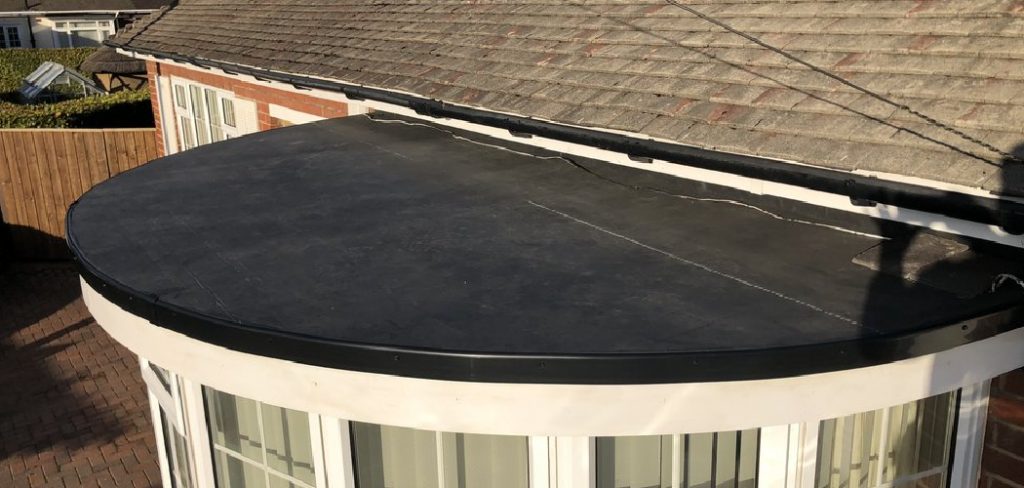
Fiberglass roofs are a strong, durable, and lightweight roofing material, making them ideal for many different types of structures, including homes, commercial buildings, and even RVs. They are also easy to install and offer many benefits over other types of roofing materials.
Fiberglass roofs are made from two different types of glass fibers: E-glass and S-glass. E-glass is a type of electrical grade glass used in the manufacturing of fiberglass for electrical applications. It is also used in the making of bulletproof windows. S-glass is a type of high-strength glass that is used in the making of fiber optics and bulletproof vests.
Polyester is the most popular type of resin used to make fiberglass roofs. Polyester resins are known for being strong and durable, while also being resistant to many different chemicals. They are also easy to work with and can be formed into a variety of shapes. Fiberglass roofs offer many advantages over other types of roofing materials. They are usually strong and durable, while also being lightweight.
They are also easy to install and require very little maintenance. Fiberglass roofs are also resistant to fire, rot, and insects, making them ideal for many different types of structures.
Summary: Fixing a fiberglass roof can be a daunting task, but with the right tools and techniques it can be done quickly and easily. First, remove any pieces of insulation or tarps that may have fallen off the roof. Next, use a power saw to cut the roof in half, so that you have two matching halves. Finally, use a hammer and chisel to remove the damaged sections of the roof.
How to Identify to Fix Fiberglass Roof
The roof is an integral part of our house and its condition can impact our safety from various weather conditions. Different types of roofs are available on the market, with fiberglass roofs becoming increasingly popular because they are lightweight and can be easily installed. However, fiberglass roofs also have some disadvantages, one of which is that they are not very durable. So, if you have a fiberglass roof, you need to take extra care when handling it.
There are several ways you can tell if your fiberglass roof is in good condition. One of the most common is to look for cracks and holes. If you see any, it means your roof needs to be repaired. Another way to tell if your fiberglass roof is in good condition is to check the color. If it’s fading, it means your roof needs to be cleaned.
If you think your fiberglass roof needs some attention, contact a roofing contractor. They’ll be able to tell you if you need repairs or just a good cleaning, and give you an estimate of the cost. With that information, you can decide whether to repair or replace your roof.
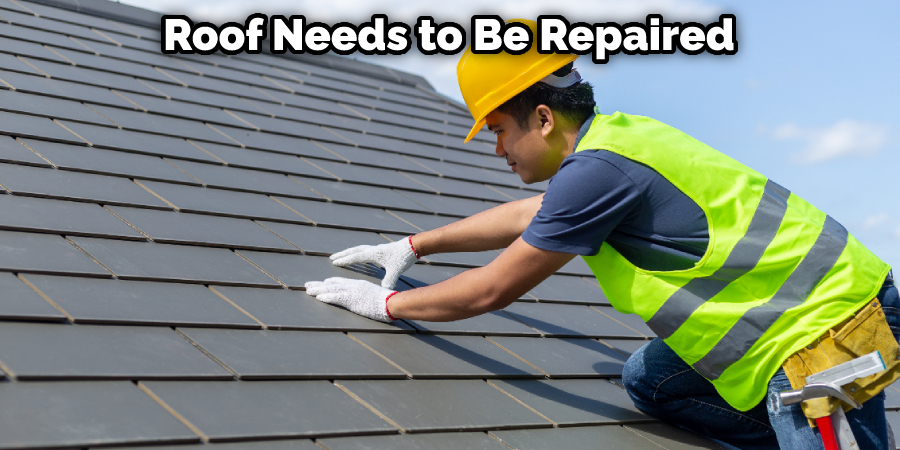
Step by Step How to Fix Fiberglass Roof
1. Use a Fiberglass Repair Kit
The first thing you need to do is to purchase a fiberglass repair kit from your local hardware store. This kit will come with all the necessary materials that you need to fix your roof. If you do not want to purchase a kit, then you can also use polyester resin and fiberglass matting.
2. Clean the Area
The next thing you need to do after you have the repair kit is to clean the area around the hole or crack. This is important so that the surface is free of dirt and debris before starting the repair. You can use a brush or a vacuum cleaner to clean the area around the damage.
3. Apply the Resin
After the area is clean, you can then start to apply the resin. The resin will come in two parts, the activator, and the base. You will need to mix these together to create the resin. Once mixed, you can then apply it to the area that needs to be fixed. Make sure to apply a generous amount so that the resin can properly adhere to the fiberglass.
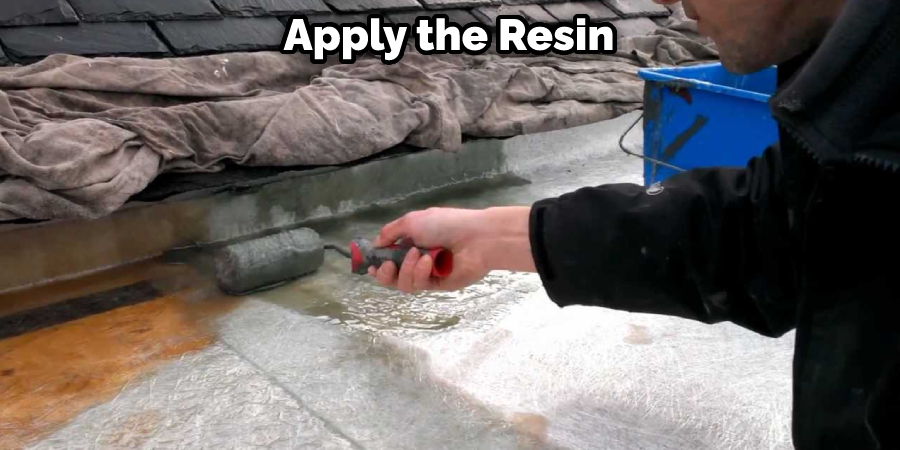
4. Apply the Fiberglass Cloth
Once the resin has been applied, you can then start to apply the fiberglass cloth to the area. It’s important to ensure that you overlap each piece of cloth by at least 2 inches. Once the entire area has been covered, you can then apply a second layer of resin over the top.
5. Allow the Resin to Cure
After you have repaired the hole in your fiberglass roof, you will need to allow the resin to cure. Curing times will vary depending on the type of resin you use, so be sure to check the manufacturer’s instructions. Once the resin has cured, your roof will be as good as new.
6. Paint the Area
Once the resin has cured, you can paint the area to match the rest of your roof. This is unnecessary, but it can help give your repair a more polished look. Choose a paint that is specifically designed for use on fiberglass, and be sure to follow the instructions on the label. You may also want to apply a clear coat of sealant to the area to protect your repair from the elements.
7. Maintenance
Once your repair is complete, it is important to take steps to prevent future damage. Be sure to inspect your roof regularly and clear away any debris that could potentially cause problems. If you notice any new cracks or leaks, be sure to address them right away to prevent further damage. You may also want to consider applying a new coat of sealant to your roof every few years to help protect it from the elements.
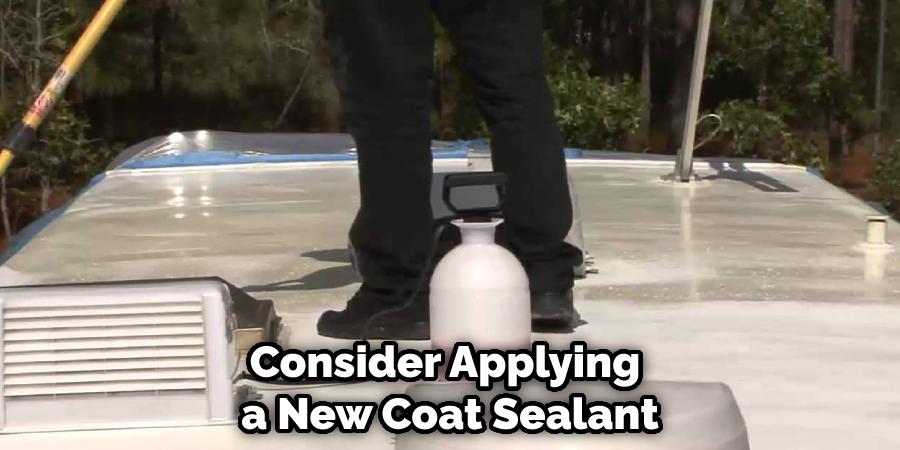
8. Hire a Professional
If you are not confident in your ability how to fix fiberglass roof, you may want to consider hiring a professional. A professional roofer will have the necessary tools and experience to fix your roof properly. This may be the best option if your roof is severely damaged.
You Can Check It Out to Repair Roof Shingles Blown Off
How to Prevent to Fix Fiberglass Roof
1. Inspect Your Roof Regularly
It is important to inspect your roof regularly for any signs of damage. If you notice any cracks or holes, you will need to repair them as soon as possible to prevent further damage. You can use a patching kit to fix small holes and cracks. For larger cracks and holes, you will need to replace the damaged section of the roofing.
2. Schedule Professional Maintenance
Your fiberglass roof will eventually need to be replaced. However, with proper care and maintenance, you can extend its lifespan. Be sure to schedule regular professional maintenance to inspect and clean your roof. This will help prevent any potential problems and keep your roof in top condition.
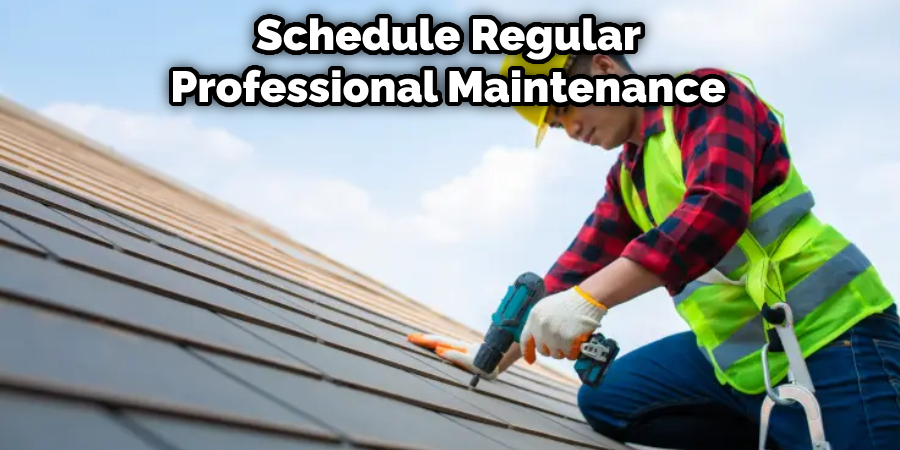
3. Clear Away Debris
Keeping your roof clear of debris, such as leaves and branches, is important. These can potentially cause damage to your roof or clog your gutters. It would help if you also cleared away any debris after a storm to prevent further damage. Use a leaf blower or rake to remove leaves and branches from your roof. You can also use a garden hose to clear away smaller items.
4. Apply a New Coat of Sealant
Applying a new coat of sealant to your roof can help protect it from the elements. Choose a sealant that is specifically designed for fiberglass roofs and follow the instructions on the label carefully. Apply the sealant in a well-ventilated area and wear gloves and a mask to protect yourself from fumes.
5. Consider Replacing Your Roof
Eventually, your fiberglass roof will need to be replaced. How often you need to replace it will depend on the quality of the materials used and the amount of sunlight and moisture exposure it gets. If you live in an area with harsh weather conditions, you may need to replace your roof more often. If you notice any of the following signs, it may be time to replace your fiberglass roof:
- Leaks
- Cracks
- Holes
- Sagging
- Flaking
- Discoloration.
How Long Will a Fibreglass Roof Last?
Fiberglass roofs are one of the longest-lasting roofing options on the market, with around 30-40 years. However, like all roofs, they will eventually need to be repaired or replaced. Therefore, it’s important to catch any signs of damage early on, as small problems can quickly turn into larger and more expensive ones.
Frequently Asked Questions
Can a Fibreglass Roof Be Repaired?
Yes, a fiberglass roof can be repaired. There are several ways that this can be done, depending on the severity of the damage. If only small amounts of denting or chips have been caused, they may simply need to be fixed with an epoxy resin coating. However, if larger areas of damage exist or the roof is in danger of falling off entirely, then it will likely require a new installation.
Why Is My Fibreglass Roof Leaking?
A common cause of roof leaks is a failure in the joint where the roof and gutter meet. When this fails, water can easily accumulate and drip down onto the floor or eaves, leading to significant damage. In order for you to determine whether your roof is leaking, inspect it regularly for evidence of water accumulation on the exterior surfaces. If you see any spots that seem moist or wet, then it’s likely that your roof is leaking.
In order for you to repair or replace your leaky roof, there are a few things that need to be done: first, identify the area where the leak occurs by taking aerial photographs, if possible.
What Is the Life Expectancy of a Fiberglass Roof?
A fiberglass roof typically lasts anywhere from 25-50 years, but there is no guarantee that it will last this long. In fact, most roofs only last around 15-20 years due to acid rain and other environmental factors. However, if you take care of your roof – by caulking and sealing any leaks, for instance – then it should be able to last a bit longer.
Of course, regular maintenance is still essential – including checking for cracks or damage – since water can seep in and cause rot.
Can You Walk on Fibreglass Roof?
If you’re relatively experienced with walking on roofs and you’re confident in your abilities, you may be able to walk on a fiberglass roof without any issues. However, if you’re not familiar with roof walking or haven’t done it before, it’s best to take the necessary precautions before heading out there. These precautions may include wearing a safety harness, making sure that you have adequate footwear, and carrying an emergency whistle in case of emergency.
Conclusion
This article provides an overview of how to fix fiberglass roof. It is important to inspect your roof for any signs of damage regularly and to take steps to prevent future problems. So, if you’re experiencing a leaky fiberglass roof, don’t despair. There are ways to fix it that are relatively easy and affordable. Just be sure to take your time and follow the instructions carefully so that you get the best results possible. Have you ever repaired a fiberglass roof? If so, we’d love to hear about your experience in the comments section below.
